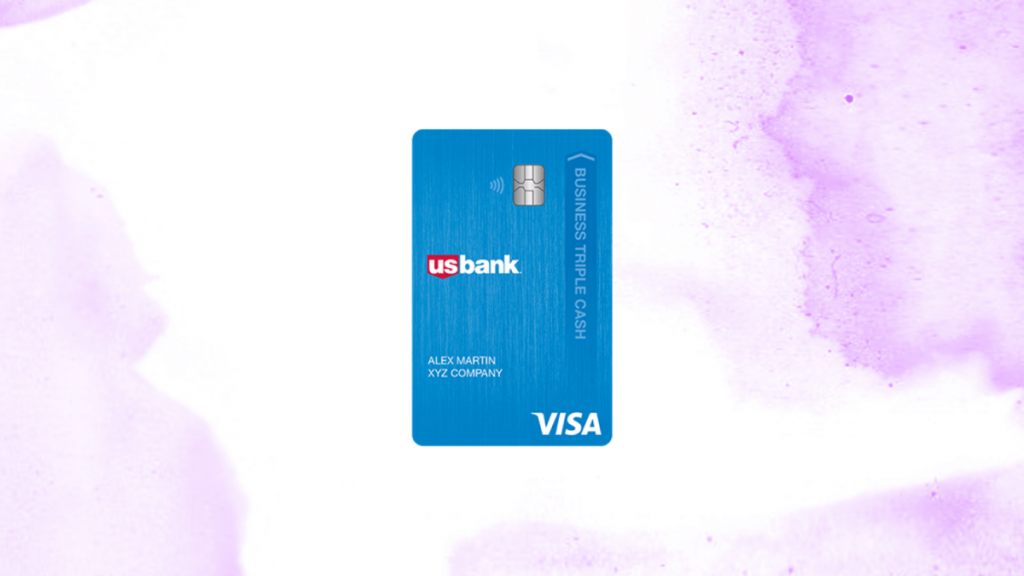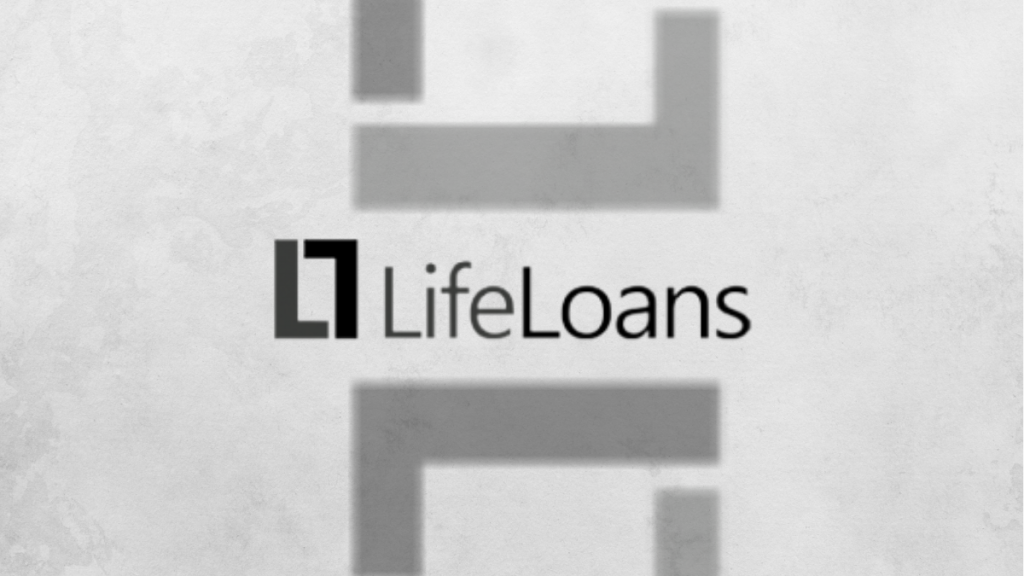Finances (US)
What are refundable credits? Find out how to benefit!
Are you looking for ways to save money on your taxes? If so, you must wonder: What are refundable credits? Well, you can read on to find out!
Learn what refundable credits are and save money!

Most people are familiar with deductions, which reduce a person’s taxable income. But what about credits? What are refundable credits? You can find out more about this in our post!
Also, credits are even better than deductions because they provide a dollar-for-dollar reduction in taxes owed.
Moreover, some credits can be refunded, meaning that if the credit reduces the tax bill below zero, the taxpayer still receives a payment from the government.
Therefore, in this blog post, we’ll explain what refundable tax credits are and how to benefit from them.
Also, we’ll provide tips on saving money on your taxes by using these valuable credits. So, read on to learn more!

Credit score check: how is it used by banks?
Check out how a credit score check is done and how it is used by banks. Keep reading to learn how the process works!
What are refundable credits?

There are a variety of goals that taxpayers may have in mind as they file their annual tax forms.
Also, among taxpayers, one of the most popular goals is to pay as little in taxes as possible, while others hope to get the biggest return possible or incur the fewest penalties.
This way, with the help of tax credits, it is possible to do all of that. So, individuals and businesses can select between two types of tax credits: those that are refundable and those that are not.
Moreover, you can lower your tax bill by utilizing either type of credit. Plus, it is possible to get a tax refund even if you don’t owe any money because of certain tax benefits.
In addition, you will get a refund for the excess of your tax credit over the tax you owe if you qualify for it and claim a refundable tax credit.
For example, a refundable credit of 2,000 applied to an $800 tax bill would decrease the payment to $1,200.
Moreover, you can refund tax credits and consider them as tax payments, much like withholding taxes.
Also, it is similar to the payroll withholding tax in that a refundable tax credit lowers the total amount of tax owed.
Therefore, your refund might be rather significant if you’re eligible for a tax credit like the Earned Income Tax Credit. Credits can be refunded in this case.
You will be redirected to another website
By submitting this form, I agree that I am 18+ years old and I agree to the Privacy Policy and Terms and Conditions. I also provide my signature giving express consent to receive marketing communications via automated emails, SMS or MMS text messages and other forms of communication regarding financial products such as credit card and loans. Message frequency varies and represents our good faith effort to reach you regarding your inquiry. Message and data rates may apply. Text HELP for help or text STOP to cancel. I understand that my consent to receive communications is not a condition of purchase and I may revoke my consent at any time.
What are the requirements?
It’s possible you could qualify for this type of refund in tax credits even if you have no tax liability.
Also, if taxpayers have no income and are eligible for non-refundable credits and deductions, their tax liability could be $0.
Therefore, even if taxpayers have no tax liability, they can still claim refundable credits and get their money back.
For instance, if you qualify for a $3,000 refundable tax credit but have no tax liability, you will receive the full $3,000 credit.
Therefore, you may want to calculate any refundable tax credits you may be eligible for after you’ve accounted for all non-refundable credits, deductions, and tax payments.
Here are some of the most common requirements:
- Requirements for earning money, having a certain number of dependents, or filing taxes, etc;
- Tax credits are available to those with low earnings, while others have much higher ceilings.
Moreover, you should know that it’s important to remember that many credits are structured on a sliding scale, with lower-income individuals obtaining larger credits than higher-income individuals.
What are some examples of this type of credit?

Many tax credits are non-refundable. However others that are often claimed are. In some cases, you may be entitled to get a refund for the following three tax credits:
American Opportunity Tax Credit
The American opportunity tax credit (AOTC) provides partially refundable tax credits to help defray the cost of a student’s first four years of higher education.
Moreover, as for eligibility requirements, you should know some of them.
For example, some taxpayers have earnings above $90,000 or $180,000 of modified adjusted gross income (MAGI). And they see a reduction in their available credits.
Earned Income Tax Credit
The earned income tax credit (EITC) is a refundable tax credit that can range from $560 to $6,935.
And its for taxpayers with moderate to low incomes, depending on filing status, income, and family size. Moreover, eligibility for the EITC is based on three factors.
These factors are: earned income from employment or self-employment, a valid Social Security number, and no more than $10,300 in investment income in 2022.
Child Tax Credit
Since the American Recovery and Since the American Recovery and Reinvestment Act of 2021 has expired, parents with children under 17 can claim the usual child tax credit.
Also, the child tax credit might be worth $2,000 in 2022 with a $1,500 maximum refund.
You should also know that the child must have lived with the taxpayer for at least half of the year (six months). Plus, they have to have been a full-time student at the taxpayer’s home.
Learn the difference between non-refundable and refundable credits
Non-refundable tax credits can’t exceed a taxpayer’s tax liability. Refundable tax credits are fully refunded. Taxpayers are refunded excess refundable tax credits.
In addition, you should know that most tax credits fit the non-refundable category.
Examples of non-refundable credits
Moreover, as you already know more about refundable credits by reading our topics above, we can give some examples of non-refundable credits. So, read on below!
Child and Dependent Care Credit
If you are a working taxpayer and you pay for the care of a child under the age of 13 or another dependent, you may be eligible for a tax credit called the child and dependent care tax credit (CDCTC).
And this can be used to reduce your tax liability.
Lifetime Learning Credit
The Lifetime Learning Credit is a tax deduction of up to $2,000 per taxpayer for expenses incurred in furthering one’s education.
However, this is beyond high school at an institution approved by the U.S. Department of Education.
Federal Adoption Credit
With this type of credit, you can claim in 2022 up to $14,890 in credits. However, only if you adopt a kid and use certain services, such as a lawyer, a home study, and travel.
Moreover, your employer’s adoption benefits package will not cover any expenses you have.
Recommendation: Find the best debt relief companies in the U.S.
If you had problems with credit and fell into debt, you may need to read the following blog post. We’ll tell you where to find the best debt relief companies to help you reestablish your finances and put it back on track.
Check the following link and stay at The Mister Finance to learn more about personal finance and money management.

Best Debt Relief Companies
Check out the five best debt relief companies so you can decide which fits your needs better. Learn how they work and how they help you avoid bankruptcy and recover cred
About the author / Victória Lourenço
Reviewed by / Aline Barbosa
Senior Editor
Trending Topics

CashUSA Loans review
In this CashUSA Loans review article, you will learn all about this platform that links you to the best lender it can find in the market!
Keep Reading
How do you get the Old Navy credit card?
The Old navy card offers some unique benefits for those who like basic clothing from Gap Inc. So, keep reading to learn how to apply!
Keep Reading
How to apply for VivaLoan?
VivaLoan is a loan aggregator that helps you find the perfect lender to fulfill your needs and goals. Check out how to apply for it now.
Keep ReadingYou may also like

U.S. Bank Triple Cash Rewards Visa® Business Card review
Enjoy 0% intro APR for 15 months! Take this U.S. Bank Triple Cash Rewards Visa® Business Card review into consideration. Read on!
Keep Reading
Life Loans review: how does it work and is it good?
Are you ready to discover what Life Loans is all about? Discover your lending options and details on getting a loan through this online platform. Read on!
Keep Reading
Investing for students: how to get started today!
This guide will help you start investing today if you're a student. Learn six steps to learn about investing for students and start your investment journey!
Keep Reading